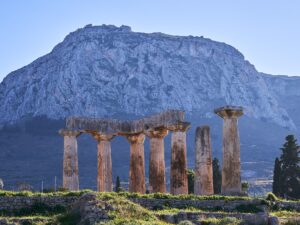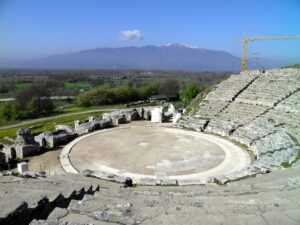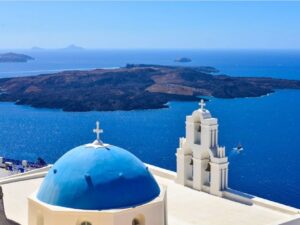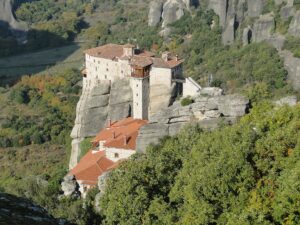Thessaloniki, perched on Greece’s northern Aegean coast, boasts a rich blend of ancient history and Christian heritage, making it a compelling destination for travelers and pilgrims alike. Established in 315 BC by King Cassander of Macedon, the city flourished as a vital hub of trade and culture within the Roman Empire. However, its significance in Christian history is notably linked to Saint Paul’s missionary endeavors. Visiting around 50 AD during his second missionary journey, Paul preached in Thessaloniki’s synagogue and fostered one of Europe’s earliest Christian communities, as detailed in his Epistles to the Thessalonians.
Today, Thessaloniki proudly preserves this Christian legacy through significant archaeological sites and Byzantine monuments. The Church of Saint Demetrius, dedicated to the city’s patron saint and martyr, showcases splendid Byzantine architecture and holds relics of Saint Demetrius, attracting pilgrims seeking spiritual solace and historical insight. Additionally, the UNESCO-listed Paleochristian and Byzantine Monuments of Thessaloniki feature architectural marvels like the Rotunda of Galerius and the Church of Hagia Sophia, underscoring the city’s Byzantine heritage and artistic prowess.
Exploring Thessaloniki offers travelers a captivating journey through time, blending ancient wonders with vibrant contemporary life. Whether marveling at Byzantine art, wandering historic streets, or contemplating panoramic vistas from the White Tower, Thessaloniki invites visitors to delve into its layered history and experience the enduring impact of Saint Paul’s missionary legacy on its cultural and spiritual landscape.




